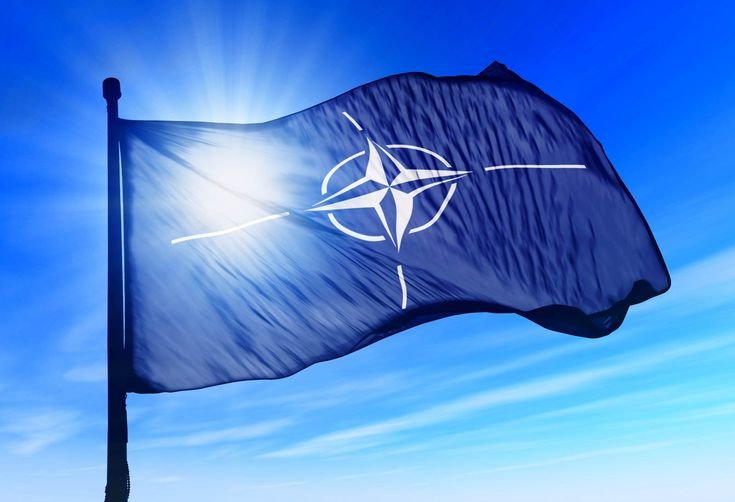In a significant development that has sent ripples through the geopolitical landscape, the United States alongside its NATO allies has firmly rejected the notion of deploying troops to Ukraine. This stance emerges in stark contrast to earlier comments made by France’s President Emmanuel Macron, suggesting that the option of sending military personnel to Ukraine remained open. Such divergence in strategy underscores the intricate dynamics within the NATO alliance regarding the ongoing conflict in Ukraine.
The U.S., Ukraine’s paramount ally in its continuing struggle against Russian aggression, has explicitly stated that it harbors no intention of engaging its troops in the conflict. According to official statements, the only American military presence in Ukraine is linked to the embassy’s defensive operations, focusing on the crucial task of ensuring the accountability of weapons and systems furnished to Ukraine. The U.S. President has been unequivocal about the nation’s stance: American boots will not tread Ukrainian ground in the conflict.
Echoing the sentiments of the U.S., key NATO members, including Germany, the UK, and Italy, have articulated a unified position, confirming no alteration to the previously agreed stance against the deployment of troops by any European nation or NATO member state to Ukraine. NATO Secretary General Jens Stoltenberg also refuted any deliberations within the alliance regarding troop deployments. However, Stoltenberg reaffirmed NATO’s commitment to supporting Ukraine in its defensive war against Russia.
The controversy stems from French President Macron’s remarks following a meeting with European leaders in Paris. The meeting, aimed at conveying a potent signal of Western solidarity with Kyiv, broached the formation of a new coalition to supply Ukraine with medium and long-range missiles and bombs. Despite a broad-ranging and candid dialogue, the consensus on military deployment remained elusive, with Macron emphasizing that “nothing should be excluded” in efforts to deter Russian advances.
The Kremlin swiftly responded to the discussions, cautioning that direct involvement of European NATO members in Ukraine would precipitate an inevitable confrontation with the Russia-NATO military alliance. Meanwhile, back in Washington, intense deliberations unfold as President Joe Biden champions a substantial Ukraine aid package amidst Congressional contention. Despite the looming threats of a governmental shutdown and ongoing fiscal disputes, optimism prevails among key lawmakers regarding the eventual approval of the aid package, highlighting the complex interplay of domestic politics and international policy in shaping the U.S.’ stance towards the conflict in Ukraine.
Read More:- Bird Flu Detected in Mainland Antarctica: A First-of-its-kind Finding Alarming Scientists Worldwide
As the situation develops, the overarching consensus among the U.S. and its NATO allies against troop deployment to Ukraine remains a pivotal element of the West’s strategy in confronting Russian aggression, reinforcing a cautious approach that prioritizes indirect support over direct military involvement.
Fan of Anime? Go to Pop Media Pulse
